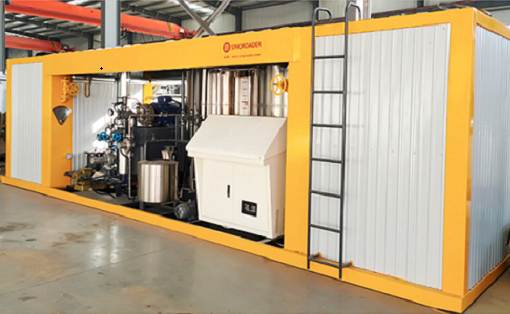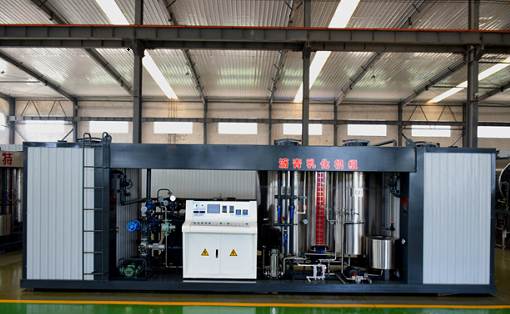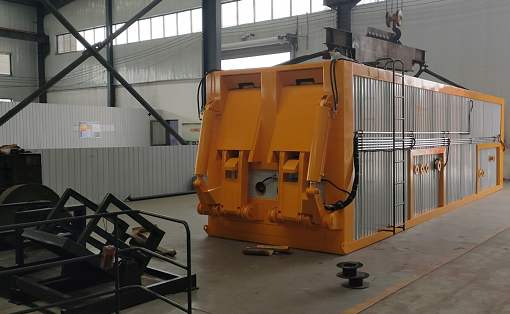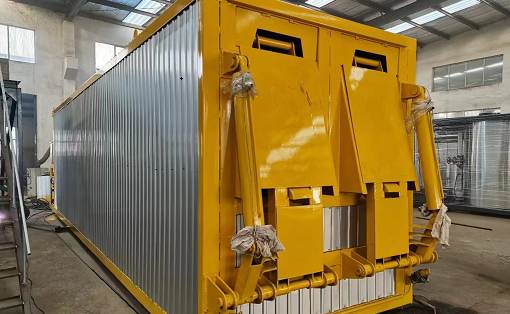Asphalt spreader truck maintenance points
Asphalt spreading trucks are used to spread the permeable oil layer, waterproof layer and bonding layer of the bottom layer of asphalt pavement on high-grade highways. It can also be used in the construction of county and township-level highway asphalt roads that implement layered paving technology. It consists of a car chassis, an asphalt tank, an asphalt pumping and spraying system, a thermal oil heating system, a hydraulic system, a combustion system, a control system, a pneumatic system, and an operating platform.
Asphalt spreading trucks are used to spread the permeable oil layer, waterproof layer and bonding layer of the bottom layer of asphalt pavement on high-grade highways. It can also be used in the construction of county and township-level highway asphalt roads that implement layered paving technology. It consists of a car chassis, an asphalt tank, an asphalt pumping and spraying system, a thermal oil heating system, a hydraulic system, a combustion system, a control system, a pneumatic system, and an operating platform.
Knowing how to operate and maintain asphalt spreading trucks correctly can not only extend the service life of the equipment, but also ensure the smooth progress of the construction project.
So what issues should we pay attention to when working with asphalt spreading truck?
Maintenance after use
1. Fixed connection of asphalt tank:
2. After 50 hours of use, retighten all connections
End of work every day (or equipment downtime for more than 1 hour)
1. Use compressed air to empty the nozzle;
2. Add a few liters of diesel to the asphalt pump to ensure that the asphalt pump can start again smoothly:
3. Turn off the air switch on the top of the tank;
4. Bleed the gas tank;
5. Check the asphalt filter and clean the filter if necessary.
Note: Sometimes it is possible to clean the filter multiple times during the day.
6. After the expansion tank cools down, drain the condensed water;
7. Check the pressure gauge on the hydraulic suction filter. If negative pressure occurs, clean the filter;
8. Check and adjust the tightness of the asphalt pump speed measuring belt;
9. Check and tighten the vehicle speed measuring radar.
Note: When working under the vehicle, make sure the vehicle is turned off and the hand brake is applied.




































